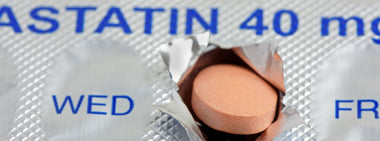Will the FDA add nutritional labels to the FRONT of packages?
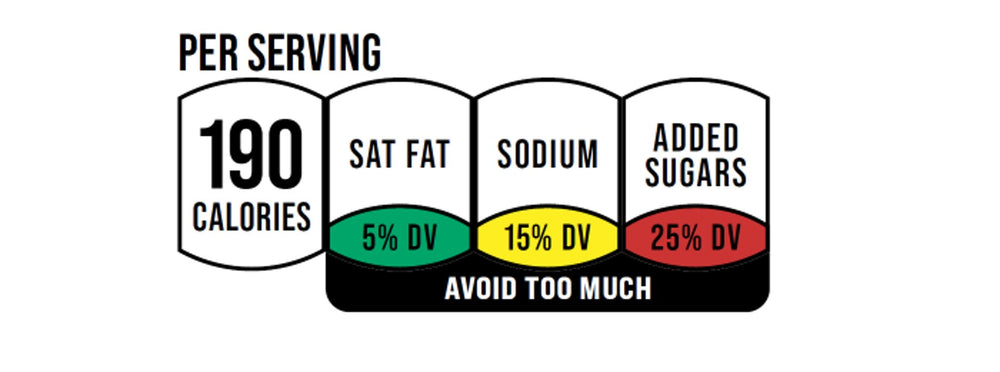
Imagine walking down the grocery store aisle and being able to judge the nutritional content of a product with just a quick glance at a box of cereal or package of crackers.
That’s the idea behind proposed front-of-package labeling that the FDA is currently testing. The new labels won’t replace the main Nutrition Facts Panel (NFP) that's typiclaly found on the back or sometimes side of a package; the idea is to supplement the main information with a simpler label that communicates a few facts quickly. The agency is currently taking feedback on various designs, one of which is displayed above.
The simpler label communicates pared down information about levels of specific nutrients. Such labeling has become popular in other countries.
In general, I’m all for more information and more transparency about all things food related. And bringing information about levels of potentially counterproductive nutrients (specifically saturated fat, sodium and added sugars) to the forefront is welcome.
But I have three concerns with the new labeling. The first is that even the full nutritional facts panel – let alone a condensed version - doesn’t give you all the facts! Because where the nutrients come from is as important as the nutrients themselves.
The second is that only focusing on the bad, potentially misses the good. Food is complex. When we reduce it down to 3 or 4 numbers we are ignoring a lot of nuance.
Having said that, a food that’s high in sodium, saturated fat and added sugars is unlikely to be full of whole food fiber and naturally occurring vitamins and antioxidants!
But is something that is low in saturated fat and added sugars OK if it’s higher in sodium?? What about a low sodium, no added sugars item that scores poorly on saturated fat? What if that saturated fat is stearic acid, the main saturated fat found in dark chocolate, rather than palmitic acid, the main saturated fat found in butter? What if the added sugars column looks good because the food is full of non-nutritive sweeteners? You get where I’m going with this.
Which leads me to my third concern: Will having information on the front label steer consumers away from digging deeper? The back (or side) is where the ingredients and allergens are typically listed. The ingredient panel, especially, is where the most important information lies - in many ways much more important than the NFP itself. Though you might need a magnifying glass to read it!
While we wait for any labeling changes, let’s take a moment to review the nutrition information provided on packaged foods today, which (unfortunately) isn’t getting any more comprehensive for now. But since the NFP is what we have, here’s four things to look at to make better choices for your heart:
- Sodium. Aim to keep sodium consumption below 2,300 mg/day (or well below if you have high blood pressure or pre-hypertension). That’s the equivalent of just one teaspoon of salt. A quick way to figure out if the sodium content of a food is reasonable is if the sodium content is numerically the same or less than the calorie content per serving.
- Fiber. Everyone’s diet should include at least 25-35 grams of high-quality fiber per day. Since 95% of us don’t consume enough fiber, this data point is pretty important. Unfortunately, it isn’t always easy to determine what type of fiber you’re getting. You’ll need to check both the amount of fiber listed and the ingredient list. Be on the lookout for these words: “inulin”, “chicory root fiber”, “cellulose”, “maltodextrin” and “polydextrose”. These are all fiber additives that signal that the original food was made with lower fiber ingredients – which are typically of much lower nutritional quality. Whenever I see added fibers in the ingredient list I put the box back on the shelf.
- Added sugar. The FDA recommends that added sugars comprise less than 10% of all calories consumed. For a typical 2,000 calorie diet, that works out to 200 calories, or 50 grams, per day. Be aware that artificial sweeteners are NOT included in the added sugars total even though they have been documented to have many deleterious health effects. Back to the ingredient list we go!
- Vitamin D and potassium. Many individuals are deficient in these nutrients, but Vitamin D is almost impossible to get from food, unless it’s been heavily fortified. So don’t be surprised if the food you’re purchasing is not chock full of it. The best source of vitamin D is the sun. Vitamin D supplements are often required to get to adequate blood levels. The FDA recommends we take in 3,500 mg potassium per day. Look for foods where the potassium content is numerically higher than the calorie content per serving.

But honestly, it’s ridiculous that we have to go to these lengths and depths to determine if we should put a food product in our grocery carts! And don’t get me started on AHA seals of approval or giant red hearts on boxes.
The existence of such a complicated and deceptive food landscape was one of the main motivations behind me starting a food company that was truly different. Unlike many other foods in the marketplace, when you choose Step One Foods, you don’t need to worry about food labels or Nutrition Facts Panels. Or look for red hearts. Because we use only the finest whole food ingredients to deliver clinically meaningful levels of nutrients critical to heart health - in every serving. Period.
And that means you can put your magnifying glass away. Because we all have better things to do than deciphering what's in our food.
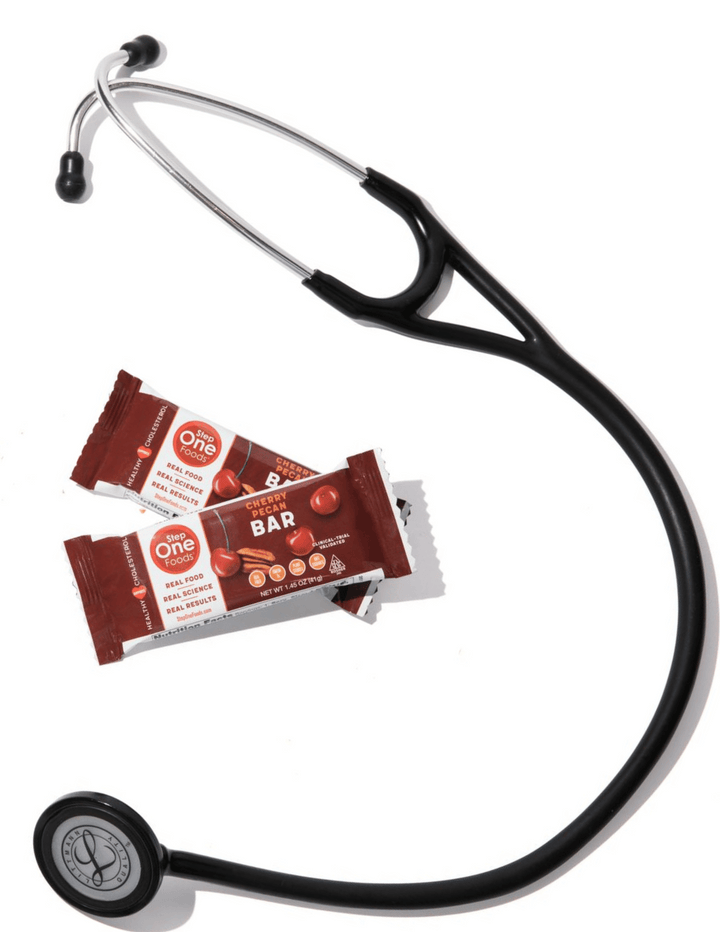
Tested & Proven Results.
- Cardiologist formulated
- Supported by over 500 publications
- Clinically-proven, in a double-blind randomized trial with Mayo Clinic and The University of Manitoba
80% of participants lowered their cholesterol in just 30 days. With just two servings per day, Step One Foods offers a proven-effective way to naturally lower LDL (bad) cholesterol.
Get heart health tips and articles like this, delivered right to your email.
New articles every week.
You may also like...
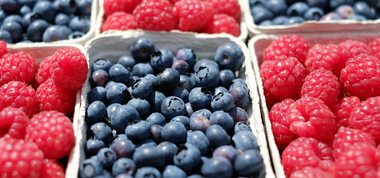
Spring Into Heart Health: The Best Seasonal Foods to Eat Now
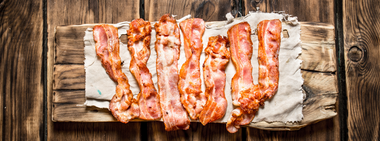
You don’t need to avoid foods with cholesterol…except for these
